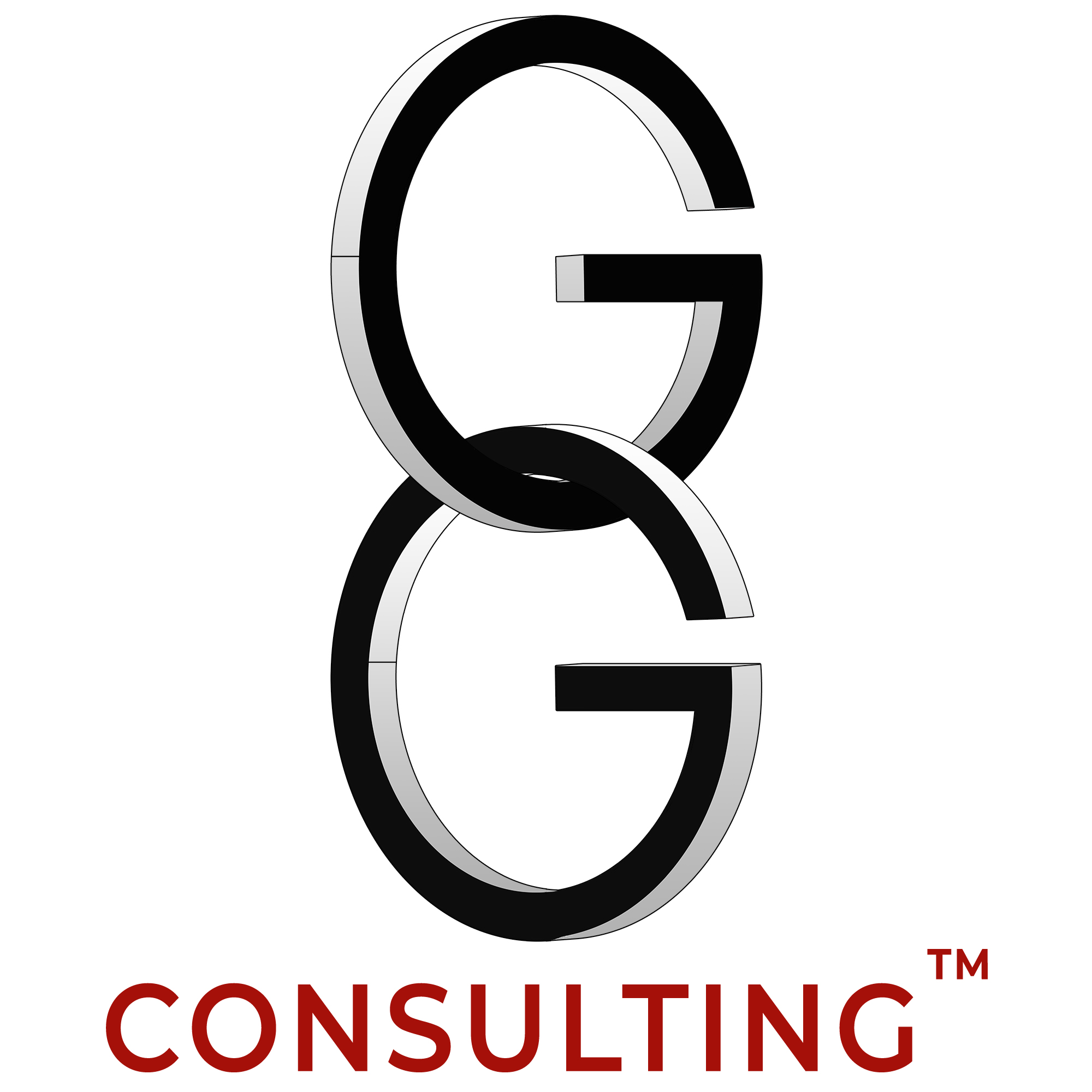What is the Inner Game?

Often our actions are conditioned by the “Inner Game” …
Origin and meaning of the term “Inner Game”
In 1974 the then tennis master Timothy Gallwey, one of the founding fathers of Modern Coaching, published the book “The Inner Game of Tennis”, in which he explained and analyzed the phenomenon of the “Inner Game”: the opponent who exists in our mind is much stronger than what exists in reality, beyond the network.
With these words T. Gallwey alluded to the capacity of the mind to influence our performances, whether of a personal, professional or sporting nature; in fact he had realized that when a tennis player got to play the final of a tournament he lost the ability to concentrate in a relaxed way and thought too much about potential mistakes!
What the Inner Game consists of
According to Gallwey, the Inner Game (Inner Game) is triggered when our “Thinking” Self (Self 1) begins to judge the actions of our “Agent” Self (Self 2), affecting the potential and the ability to do ( Performance).
In this regard, Gallwey codified the “Inner Game formula”: P (Performance) = p (potential) – i (Interferences), which can be “internal” (fear of failure, fear of judgment, lack of self-esteem, poor concentration ) or “external” (unavailability of resources, unfavorable context, unsatisfactory relationships, low emotional intelligence).
How to manage the Inner Game
Unlike the Outer Game (External Game) which is based on our “Habits”, characterized by Skills, Skills and Experience and which represents “the tip of the Iceberg”, the Inner Game (Inner Game) is instead the “part submerged “of the ice mountain and is influenced by our” Mentality “, or rather by the set of our Beliefs, Beliefs and Thoughts (often” limiting “) that block us, preventing us from acting.
Therefore the Inner Game can be “calmed” by acting on the “doing” that is:
- Lowering Our Judgment: focusing exclusively on observing events.
- Improving self-awareness: thanks to a greater sense of responsibility in making decisions.
- Reworking Our Beliefs: testing what we have always believed or considered true.
- Eliminating Automatisms: that is, all our “dysfunctional” habits that do not bring us advantages.
- Using Visualization: understood as the ability to “see” better and “imagine” our future.
